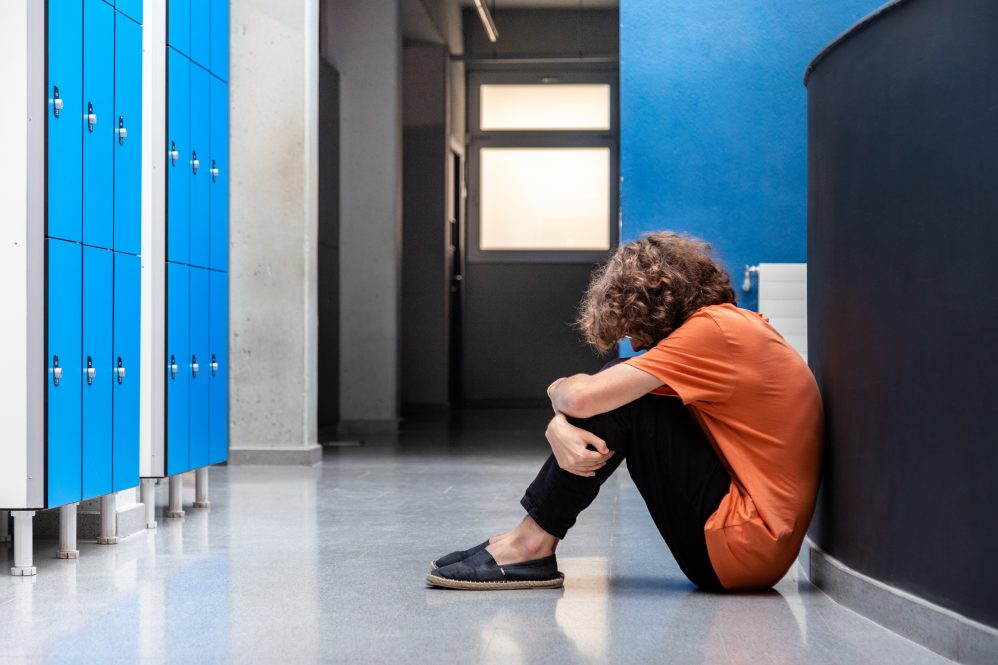Symptoms of depression, suicidal thoughts, and suicide attempts have steadily increased among high school students in the U.S. over the past decade and a half, a University of Connecticut researcher reports. The concerning increase should change how and who we screen for depression or suicidal behaviors.
Adolescents are the age group most likely to commit suicide in the U.S. Although the absolute risk is low, every incident is a tragedy. Identifying youth with suicidal thoughts and offering them support and interventions is the best method we have for preventing suicidal behaviors. Unfortunately, the number of high schoolers reporting feeling sad or hopeless enough to have trouble participating in normal activities has steadily increased from 2007 through 2021, UConn School of Medicine psychiatric epidemiologist T. Greg Rhee reports in two papers, one just published on May 28 in American Journal of Psychiatry and the other this past February in The Lancet.
Among teens with symptoms of depression, the number reporting suicidal thoughts increased by about 1.3% every other year, from 41.2% in 2007 to 51.7% in 2021.
Not only are more teens experiencing episodes of depression more frequently, but even teens who engage in few or no risky behaviors are reporting more depressive symptoms. The study used data from the Youth Risk Behavior Survey (YRBS), a study conducted by the Centers for Disease Control (CDC) that surveys U.S. high school students. They looked at YRBS data spanning 2007 to 2021, including responses from 119,654 students. The study classifies risky behaviors as including exposure to bullying or violence, substance use, sexual activity, unhealthy behaviors related to weight, and a lack of physical activity.
The results from the researchers’ analysis were particularly disturbing because they indicated almost any teen could be affected.
“Even if you don’t engage in any risky behaviors, you can still have suicidal ideation,” Rhee says.
The Lancent study focused on trends in depressive symptoms among high school students with and without risky behaviors. The American Journal of Psychiatry study focused on trends in suicidal thoughts and suicide attempts among high school students. Taken together, the two studies suggest that even teens with no risk factors could benefit from regular screening for depressive symptoms or suicidal behaviors.



